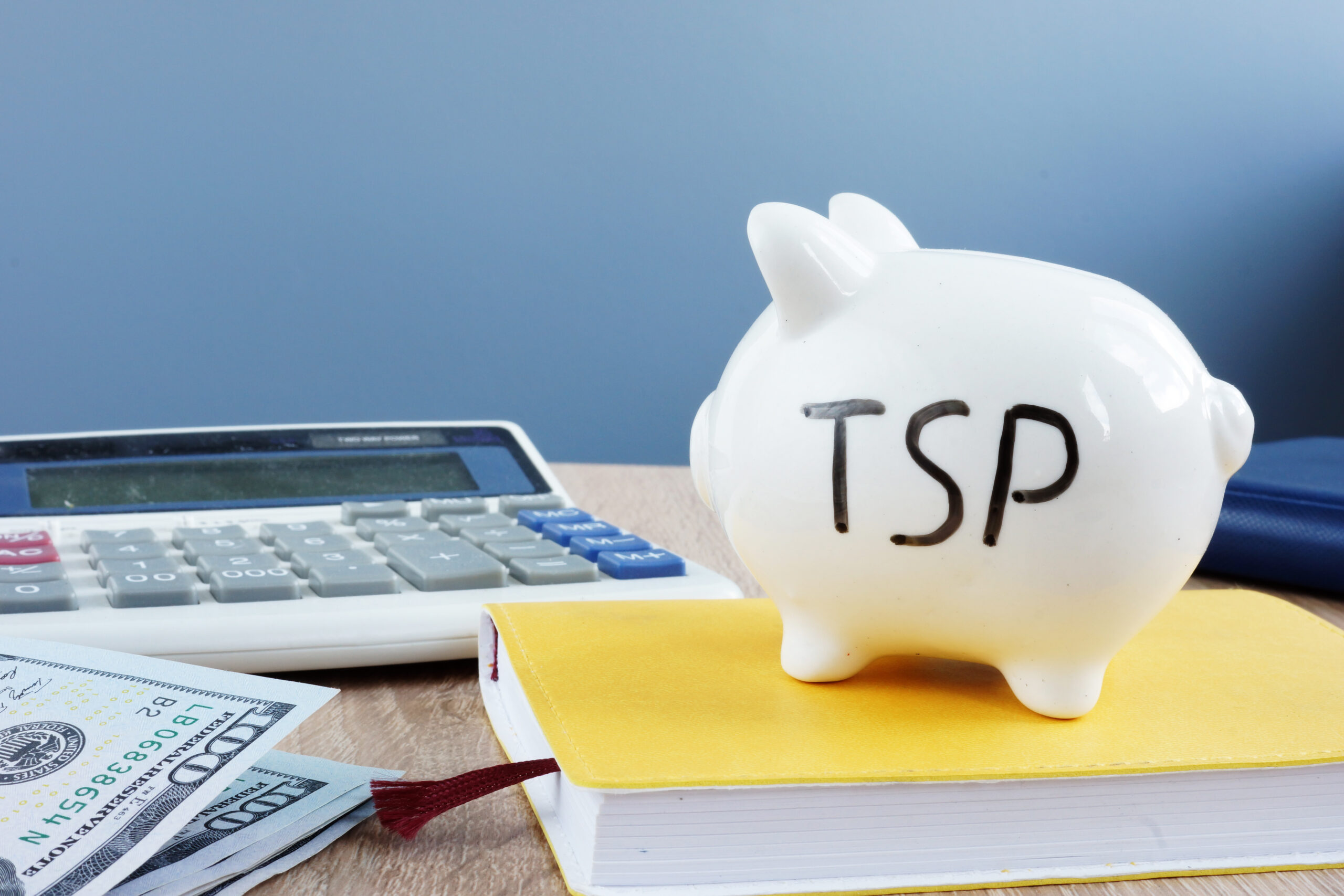Thanks to the Secure Act 2.0, there are two significant changes that affect distributions from your Thrift Savings Plan (TSP):
- Effective January 1, 2023, the SECURE Act 2.0 increases the Required Minimum Distribution (RMD) age to 73 for those born after December 31, 1950. Starting in 2033, the age for RMDs will increase to age 75.
- Starting on January 1, 2024, Roth accounts will no longer be subject to RMDs; this applies to the Roth TSP and Roth 401(k) or 403(b) plans you or your spouse may have from private sector employers.
As a result, you may want to revise your TSP distribution strategy and take a closer look at how taxes impact your withdrawals.
(Block quote): “Remember — if your designated TSP beneficiary inherits a balance from your Traditional TSP, they’ll owe federal income taxes on the entire amount.”
Start Withdrawing From Your Traditional TSP, First
During your working years, your Traditional TSP provides you with a tax advantage because your contributions are made with pre-tax earnings. As a result, your taxable earnings are lower. However, once you retire, distributions from your Traditional TSP are subject to federal income taxes.
On one hand, it may make sense to delay these distributions to avoid taxes but Uncle Sam will eventually get his cut. That’s why the IRS established Required Minimum Distributions (RMDs). Though the Secure Act 2.0 has raised the age for RMDs, odds are federal income taxes will be higher when you’re 73 than when you retire.
This is why withdrawing from your Traditional TSP in the beginning of your retirement when income taxes are lower is a better tax strategy. Remember — if your designated TSP beneficiary inherits a balance from your Traditional TSP, they’ll owe federal income taxes on the entire amount.
Delay Withdrawing From Your Roth TSP As Long As Possible
Since Roth accounts will no longer be subject to RMDs as of January 1, 2024, your Roth TSP can continue to grow. When you do decide to take distributions from your Roth TSP, your withdrawals and qualified earnings are tax free. Add to this, when you pass away, your named TSP beneficiary can withdraw the balance tax-free. This is yet another reason to delay withdrawing from your Roth TSP as long as possible.
Consider Making Contributions To A Roth TSP
The Roth TSP combines the advantages of a Roth IRA with the TSP. It offers a selection of investment options plus the TSP’s lower management fees and the long-term growth benefits of the Roth. Touch base with an FRC® trained advisor and discover more reasons why a Roth TSP can work for you in retirement.






















